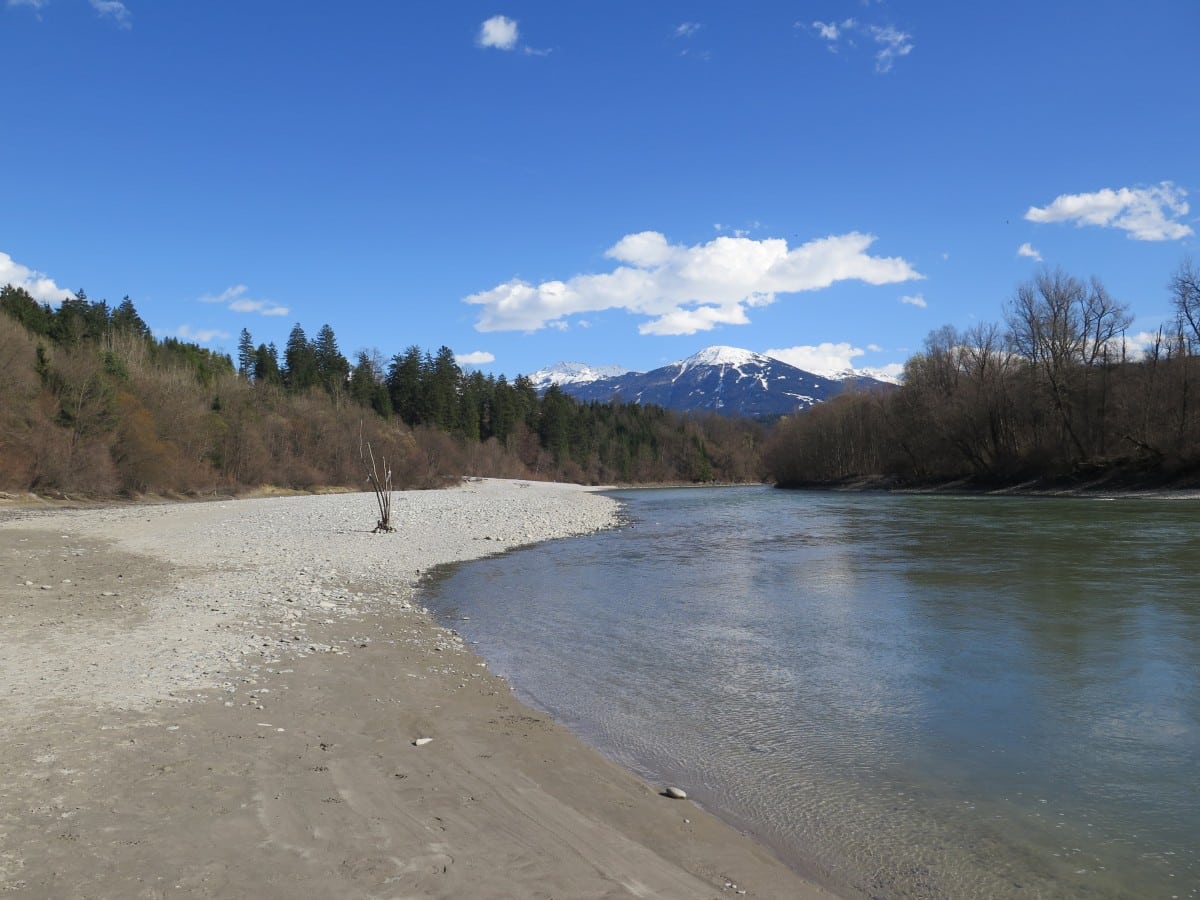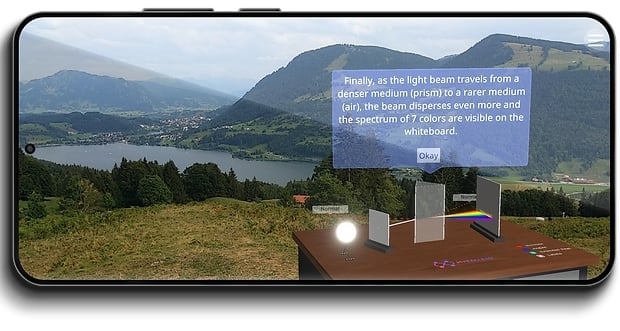
When we talk about microplastics, we usually immediately think of the pollution of the oceans. But we sometimes forget that the dilemma is also noticeable in and around freshwater. Ecologists from the University of Innsbruck have now investigated to what extent the rivers that flow through the Alps are also affected. Their conclusion: people must change their disposables-behaviour very quickly.
The average plastics consumption is 84 kilograms per person per year. Plastic does not degrade and the waste pollutes the environment for thousands of years. Due to the extremely long retention time, microplastics stack up even in the farthest corners of the world. It is already found in deep-sea sediments, ice, snow and water samples from Antarctica and in remote surface waters in Mongolia or on uninhabited islands in the Pacific Ocean. Numerous negative impacts on the ecosystem result.
Plastic particles become smaller and smaller
Due to the mechanical wear and tear of wind and waves, solar radiation and the colonisation of microorganisms on the surface, plastic particles become smaller and smaller. Myriam Zocchi devoted her master thesis to this subject at the University of Innsbruck’s Institute for Ecology.
Zocchi wanted to gain general knowledge about microparticles in fresh water. Studies on this subject are still rare. She also wanted to find out to what extent alpine rivers also suffer from microplastics pollution. She found her research area right in front of her door, on the banks of the Inn. The focus of the research was on:
-
-
-
- the identification of the most common types and forms of plastic;
- the relationship between the accumulation of plastic particles and anthropogenic influences such as sewage treatment plants, landfills, densely populated sites, more remote sites, local recreational areas;
-
-
 Sediment samples were taken from the banks of the Inn River just before the time of snow melting. © Myriam Zocchi
Sediment samples were taken from the banks of the Inn River just before the time of snow melting. © Myriam Zocchi
Sediment
The sediment samples were taken in the spring – just before the start of snow melting and the associated rise in water levels. At three locations in the Innsbruck region, six areas measuring fifty by fifty centimetres were investigated. The sediment layer that lies five centimetres below the surface was included in the research material.
The sediment samples were sieved to a grain size of five millimetres – the defined size of microplastic. Heavy grains of sand were then separated from lighter materials such as plastic using a saline solution.
Identification of the plastic particles
In collaboration with researchers from the Institute for Mineralogy and Petrography, Zocchi performed a so-called Raman spectroscopy to identify the microplastic particles. If the plastic is not painted too thick, it can be identified in this procedure. In a Raman spectroscopy, a light of a certain wavelength is focused on the particles to be identified. Light changes the oscillation of the molecules and the frequency of reflected light provides material-typical spectra. These spectra can be compared to those in a database, Zocchi explains. The analysis is known as Raman-Shift.
“The large number of coloured plastic wires, the so-called filaments, was striking. Although the identification of these sometimes small threads was very difficult, we assume that they are polyester fibres from clothing.”
Polyester yarn of garments
The number of microplastics found in the riverbank sediment was impressive. In a previous study at Lake Garda, researchers from the University of Bayreuth in 2013 found only a quarter of what Zocchi now found.
According to the researchers, the choice of location was also decisive for the high proportion of microplastics in the Inn. Two of the sites were below the wastewater treatment plants – and in wastewater treatment plants the filtration of micro-particles from wastewater is not yet possible, explains the accompanying professor Ruben Sommaruga.
Despicable culture
“Plastic itself is not bad. Only our disposables-culture is questionable and needs to be changed.“
The careless use of plastic is also visible on the banks of the Inn, where researchers also found much larger plastic particles. Zocchi: “It is important that we make the population aware and say that microplastics are not something from far away, but can also be found in our immediate environment”.
The researchers emphasize that science has only just begun when it comes to the effects of pollution by microplastics. A further study will now investigate to what extent microplastics also play a role as carriers of environmental pollutants.
 The sediment samples were taken in areas of fifty by fifty centimetres. © Myriam Zocchi
The sediment samples were taken in areas of fifty by fifty centimetres. © Myriam Zocchi







